This page contains some affiliate links. Please review my disclosure policy.
So many of you have reached out recently about wanting to switch to cleaner makeup products without any idea of where to begin. I’ve given countless suggestions over the years and have listed many of them in the green beauty shop but what about the makeup products you already have? Is it time to toss them? What are the toxic ingredients in makeup? I thought it was due time I sit down and list this all out for you so you can feel empowered to make these decisions for yourself.
While I may advocate for cleaner beauty I acknowledge that everyone is on their own journey, with different priorities and levels of accessibility. That’s okay. If switching to natural makeup products isn’t for you, I totally get it! Bookmark this post and come back to it if you want to. If you’re ready to switch to cleaner makeup, I’m outlining the toxic ingredients in makeup products and some important information about non-toxic makeup products. Let’s get into it.
What is Non-Toxic Makeup?
Before we begin, let’s talk about “non-toxic” makeup. Honestly I hate the term but for ease of use I’ll be using it interchangeably with “clean beauty” today. It is what it is. Basically, non-toxic makeup is a cleaner version of makeup that doesn’t have certain types of known, harmful ingredients. So what you’re saying is that makeup contains ingredients that are known to be harmful to our bodies? Sadly, yes. The US has not updated its list of ingredients allowed in our beauty products since 1938!
In the US there are only 30 ingredients banned in makeup products. In Canada that list extends to over 500. In the EU that list includes over 1300 chemicals (source). That means that there are over 1000 ingredients allowed in US beauty products that are banned for toxicity elsewhere in the world. BONKERS. Unfortunately, this means that it’s left to consumers (you) to read ingredient labels and learn which ingredients are unsafe for your body. Hopefully I can help in this area.
Toxic vs. Synthetic – Is Makeup Really Toxic?
Before we jump into the list of ingredients to avoid in makeup products, we need to have an important discussion around toxicity vs. synthetic. The reality of most makeup products (clean or not) is that the majority of the ingredients will be synthetic. This is not inherently bad. Just because something is made in a lab does not mean it is bad for your body. The important factor is understanding which synthetic ingredients are harmful and which ones are safe. So don’t freak out if you look at your natural mascara and see a bunch of chemical names. It takes practice but eventually you will learn to identify which ones are safe and which ones are harmful.
Unlike clean skincare, makeup requires a bit more lab assistance to achieve a certain look. Skincare is much easier to make from plants than makeup is. You can read more about switching to clean skincare/bodycare here but I just wanted to remind you that “clean” makeup may not always look the cleanest – if you define “clean” as “pure” or “plant-based”.
8 Toxic Ingredients In Your Makeup
So now that we got the toxic vs. synthetic debate out of the way let’s talk about which ingredients you should be avoiding in your makeup bag. This list is not all-inclusive. As I mentioned, there are thousands of ingredients banned elsewhere in the world that are allowed in US personal care products so instead of listing them all out, I’m including the most common and/or harmful ones.
1. Formaldehyde
Though presently banned in the EU, formaldehyde has continued use in US personal care products as a preservative to prevent bacterial growth. Their claim is that it is such a small amount it cannot be harmful, however repeated, long-term exposure is shown to be associated with poorer health outcomes. Most of the time you won’t see formaldehyde listed as ingredient so look out for these names in your makeup: Diazolidinyl urea, 3-diol Imidazolidinyl urea, DMDM Hydantoin, Quaternium-15, Nitorpropane-1, Formalin, Methanal, Methyl Aldehyde, Methylene Oxide.
2. Triclosan
Despite being a known endocrine-disruptor with lasting effects on hormones and fertility (it’s banned in the EU!), Triclosan is a common antibacterial agent added to water-based skin care products. You’re more likely to find them in liquid products like foundations, concealer, mascara and lipgloss. Look for more common ingredient names such as: Irgasan DP-300, Lexol 300, Ster-Zac, Cloxifenolum.
3. Parabens
Like triclosan, parabens are a preservative that has been shown to be associated with endocrine disruption. Studies show it is linked to poor outcomes including breast cancer, low sperm count and skin cancer. It is more common in liquid products as well. Look for it with similar names ended in “paraben” such as: isopropylparaben, isobutylparaben, phenylparaben, benzylparaben, and pentylparaben.
4. Phthalates
Impossible to pronounce but way easier to avoid, Phthalates are another endocrine-disruptor associated with fertility issues, obesity and even developmental defects. Phthalates are commonly found in anything listed with “fragrance”. It’s best to avoid anything that uses synthetic fragrance (which is MANY makeup products) since there’s really no benefit and only downsides. Generally you’ll see it listed as fragrance but sometimes you’ll see the different chemical names including: BBP: butyl benzyl phthalate,. DBP: di-n-butyl phthalate, DEHP: di-(2-ethylhexyl) phthalate – though this list could go on.
5. Lead
Banned basically everywhere else in the world, lead is a known neurotoxin with determined effects on fertility. We banned lead paint many years ago but it can still be found in cosmetics -most commonly in lipstick. Lead is a tricky one because it won’t be listed as an ingredient in your products. Instead it is found in trace amounts in coloring and dyes. Most clean beauty brands indicate where they source their coloring from and/or have 3rd party tested for lead. Most conventional beauty brands do not. The cheaper the product the more likely its colorant contains lead which is especially scary when you think of ingesting it through lipstick.
6. Petroleum
Yes, the same crude oil used to power your car or an airplane can also be found in your makeup products! A known carcinogen, associated with estrogen-dominance, petroleum is used to seal in moisture and well, it works very well. The problem is that it cannot be metabolized so once ingested, it’s just there. To be honest, it’s really just a cheap filler and not a very sustainable ingredient. Look for it under names such as: paraffin wax, mineral oil, toluene, benzene, toluol, phenylmethane, methylbenzene.
7. Propylene Glycol
Related to petroleum as a crude oil byproduct, propylene glycol is used as both a stabilizer and a solvent. Commonly found in foundations and lipsticks, propylene glycol has been shown to dry out skin and lead to irritation over time. From a sustainability stand-point it isn’t great and from a health standpoint its more of an irritant than extremely toxic or harmful for the body. Still something to lookout for though. You may also find it under this name: propane-1,2-diol.
8. Butylated compounds (BHT + BHA)
Widely used as a food preservative, BHT and BHA are also commonly found in cosmetics. Again, another endocrine-disruptor and has also been shown to be related to organ toxicity at high levels. Look for it under these names: butylated hydroxyanisole (BHA) and butylated hydroxytoluene (BHT).
* * * * *
I imagine many of you are feeling overwhelmed about this list of toxic ingredients in makeup. Trust me – I get it. You’re not going to do everything perfectly so no need to freak out. In an upcoming post I’ll be sharing HOW to switch your makeup bag from conventional to non-toxic but for now I want you to feel informed and equipped to make the best decisions for you. Again, this list is not inclusive of everything but certainly the most harmful and the ingredients with scientific research proving its harmfulness. Stay tuned for more info in upcoming posts.
Like this post? Here are a few others you might enjoy:

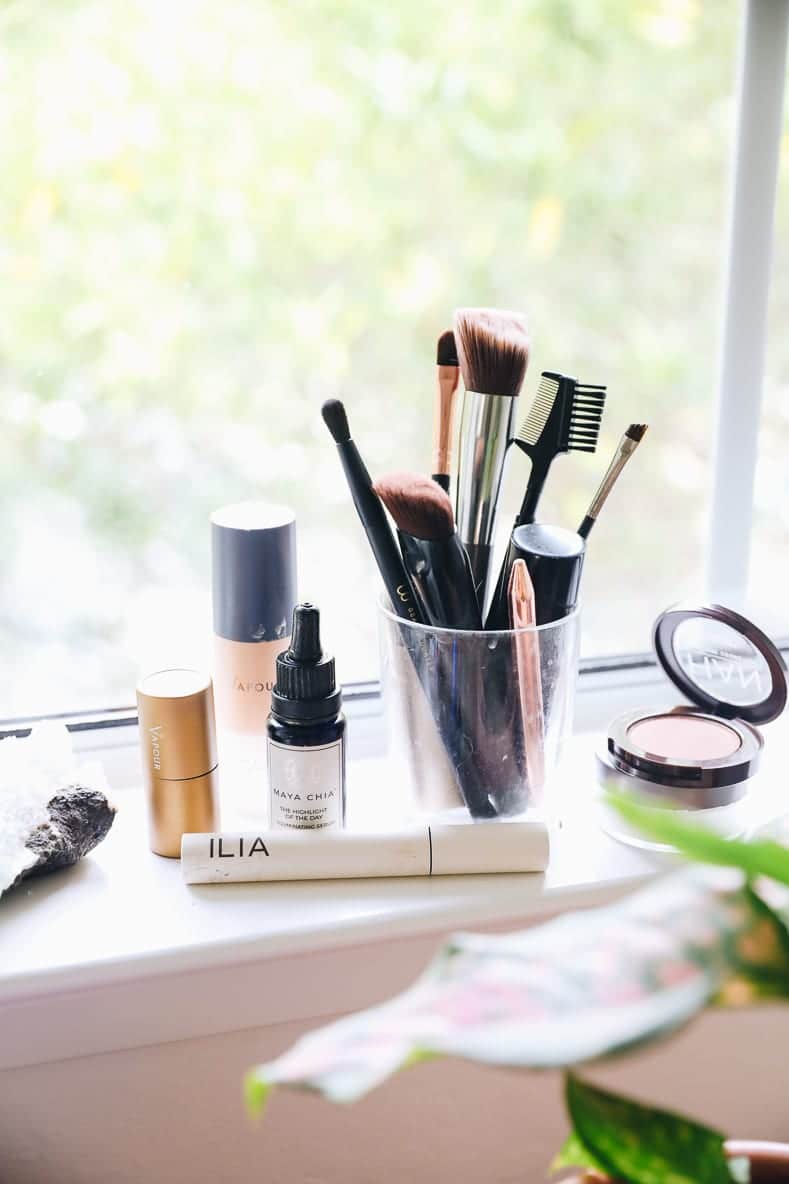

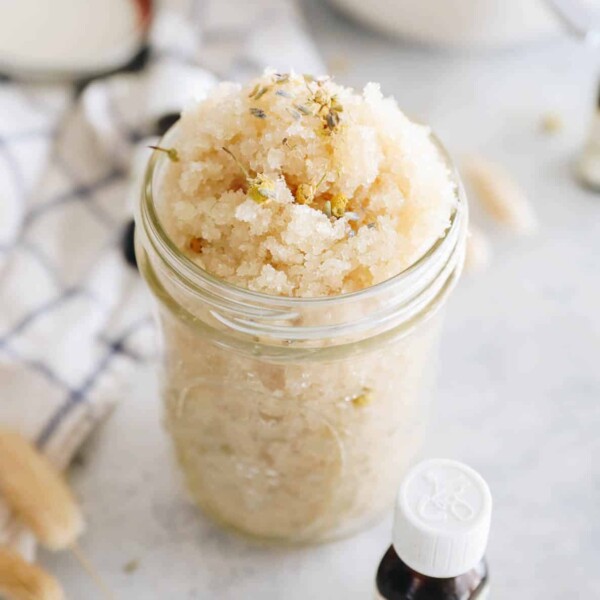
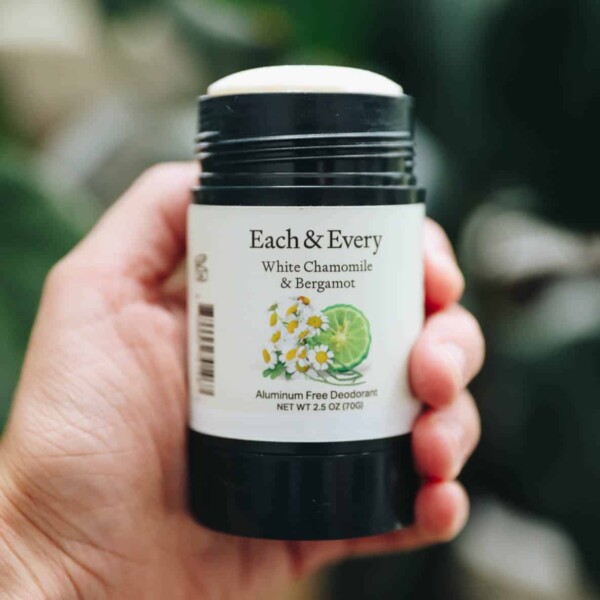
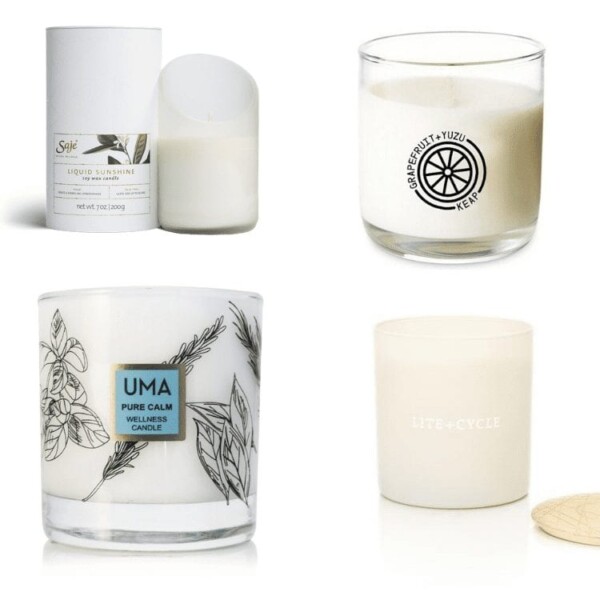
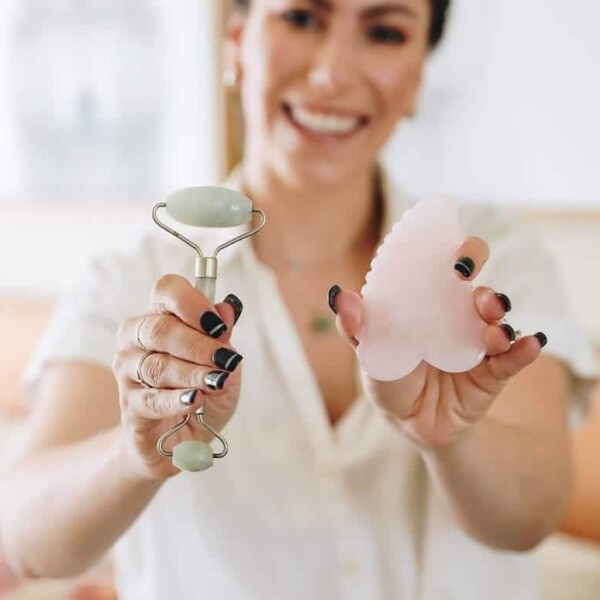

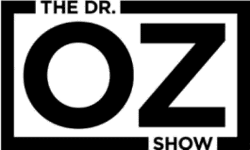
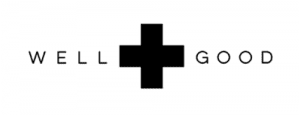


very helpful. I think I now am allergic to both Nivea cream as well as foundation. horrible.
Hey, love your blog! However, I think this post is a little misleading. As a toxicology professional, it is one of my pet peeves when people who have no background in toxicology (and do not disclose that to their audience) jump to conclusions about product safety. While you and I may to ere on the side of caution and avoid products with the above ingredients, it is not inherently dangerous to use them. Also, there is only one source listed and no other resources linked/listed for people to research and come to their own conclusions. Lastly, it is a huge privilege to be able to afford natural beauty, and most women do not have the option. I feel that you glossed over these important points.
Moving to cleaner makeup products has been so helpful in my skincare journey. This is such important information to share for those looking to do the same. Thank you for sharing this and making it easier when deciding which products to use!